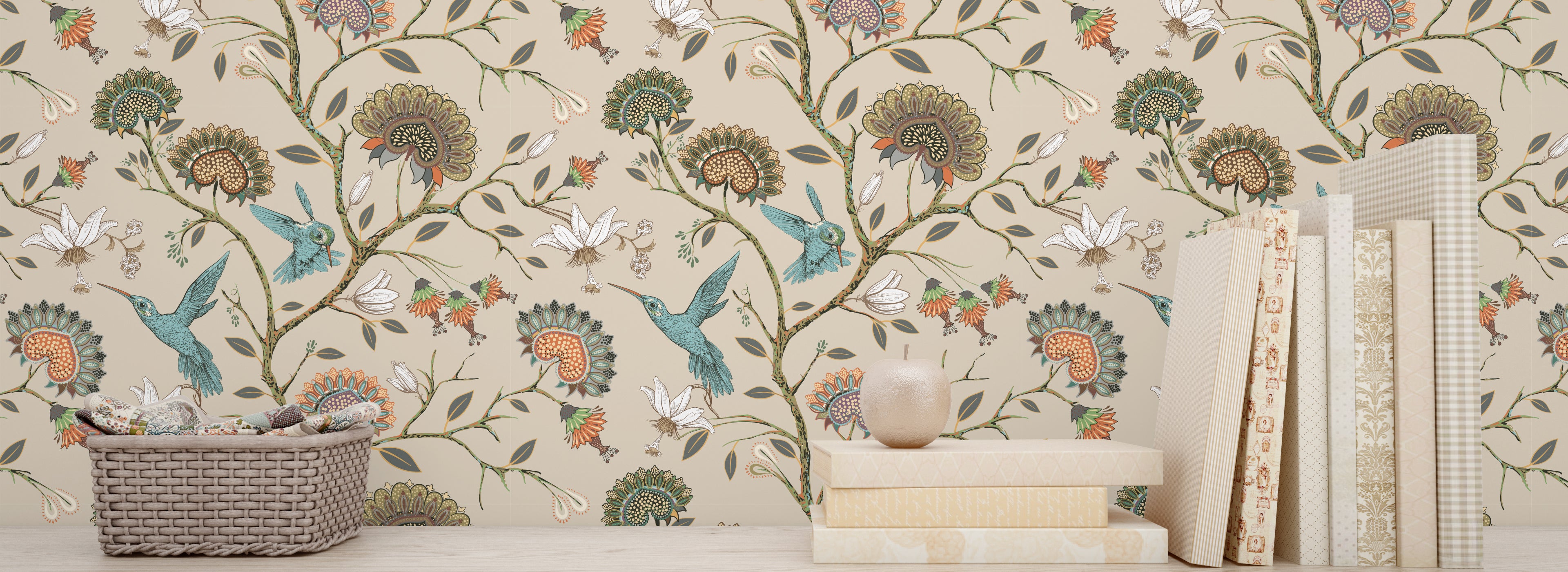
DANGERS OF TEXTURED WALLS AND HOW TO AVOID THEM
This Safety Disclaimer is not found on other wallpaper websites but is applicable to all removable peel and stick wallpaper, including our brand, unless the manufacturer recommends it for textured walls.
SUFFOCATION HAZARD for babies and infants with removable wallpaper on a TEXTURED WALL in the nursery. Removable wallpapers are UNSAFE on textured walls. The wallpaper may seem secure after installation, but can unexpectedly fall off and pose a danger to a crib or bed.Our removable peel and stick wallpapers are SAFE for use when following our specifications: on undamaged, smooth painted walls with dry paint, and no humidity exposure.
For what reason ?
The removable adhesive used in this product has excellent structural resistance but a relatively low level of adhesion. This allows for easy removal without causing any damage, and enables you to replace it as needed. However, it requires a complete contact surface to ensure it stays in place. Keep in mind that each wallpaper panel weighs 2 pounds, so a weak adhesive may struggle to hold that weight vertically and will eventually fail.
Improperly attached wallpaper doesn't immediately fall off. It may take days or even weeks before it starts to come loose. This poses a potential risk for households with children and infants.
For textured walls, it is recommended to first smooth the surface using joint compound. Allow it to dry before applying a layer of paint. Once the paint is dry, you can proceed with wallpapering.
Learn about the Dangers of Textured Walls and How to Avoid Them.
A textured wall is any wall that is not perfectly smooth and without imperfections. Decorative wall finishes with irregularities on the surface are considered texture.
Some textures may be easy to identify while others may not; for example, a sanded wall might appear smooth, but it is actually the least suitable surface for installing peel and stick or traditional wallpaper. Avoid installing wallpapers on the surfaces listed below:


















